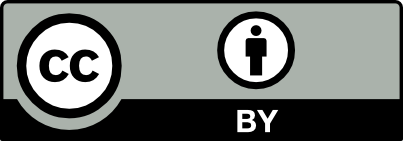Amorphous materials, e.g., polymers, metallic and oxidic glasses, consist of heterogeneous atomic/molecular packing at the nanoscale. Spatial variation of the local structure plays an important role in determining material properties. Experimentally probing the local atomic structure within the amorphous phase has been one of the main challenges for material research. Here, we present a new approach to characterize the local atomic structure and map structural variants in the amorphous phase using machine learning (ML) aided four dimensional-scanning transmission electron microscopy (4D-STEM). We utilized nonnegative matrix factorization (NMF) to identify the local structural types of metallic glasses from the 4D-STEM dataset. Using Fe-based metallic glasses as a model system, we demonstrate that two basic structural types, one with a more liquid-like and another with a more solid-like structure, are distributed throughout the glass with a characteristic length scale of a few nanometers. Thermal annealing induces a change in their distribution and relative population but without the appearance of any additional phase. This provides new insight into the relaxation phenomena of metallic glass and solid experimental evidence for the theoretical hypothesis on atomic packing in glassy structures.
Raw data for the publication "Mapping local atomic structure of metallic glasses using machine learning aided 4D-STEM"
Pair distribution function (PDF)
Nonnegative matrix factorization (NMF)
Metallic glasses
Wollersen, Vanessa
Minnert, Christian
Durst, Karsten
Kim, Hyoung Seop
Kuebel, Christian https://orcid.org/0000-0001-5701-4006
Mu, Xiaoke
Views
Downloads
